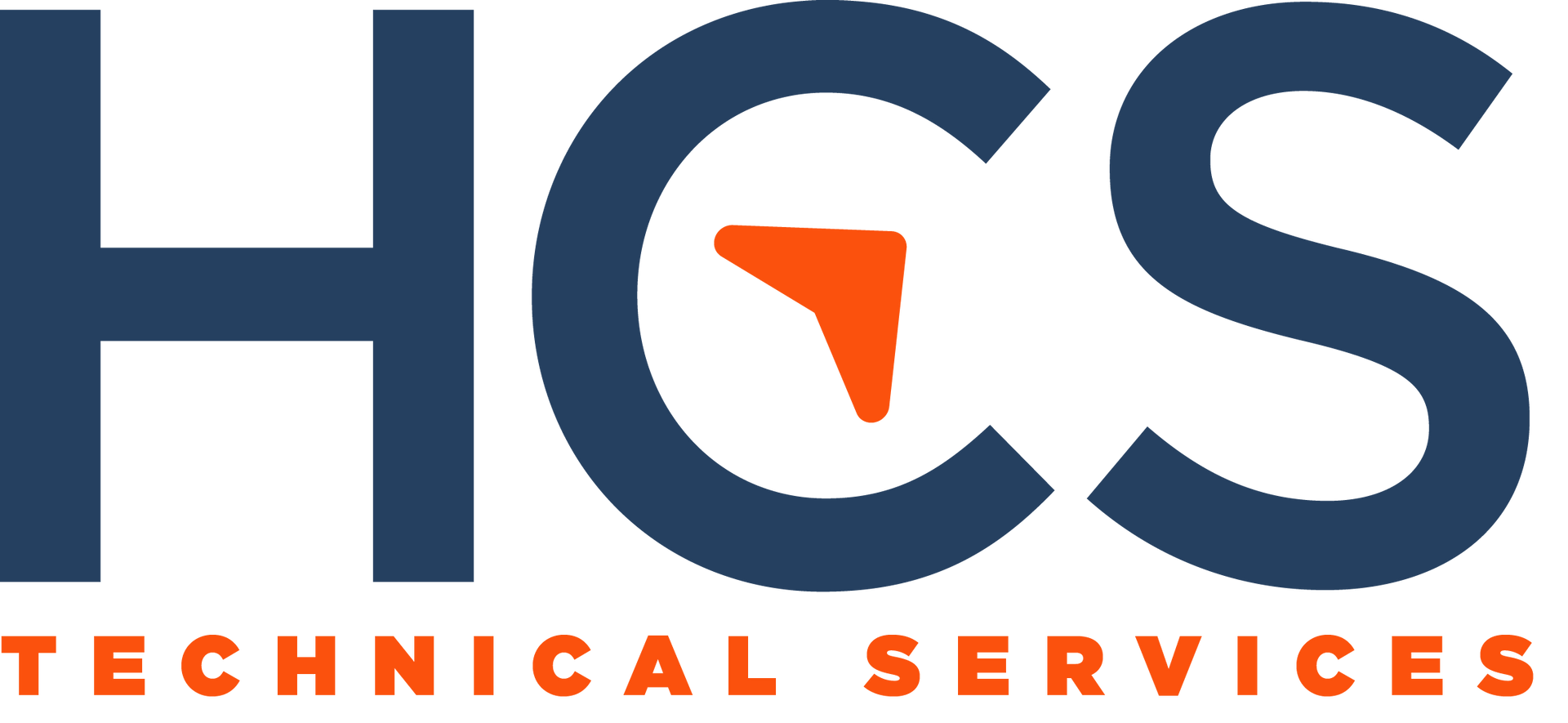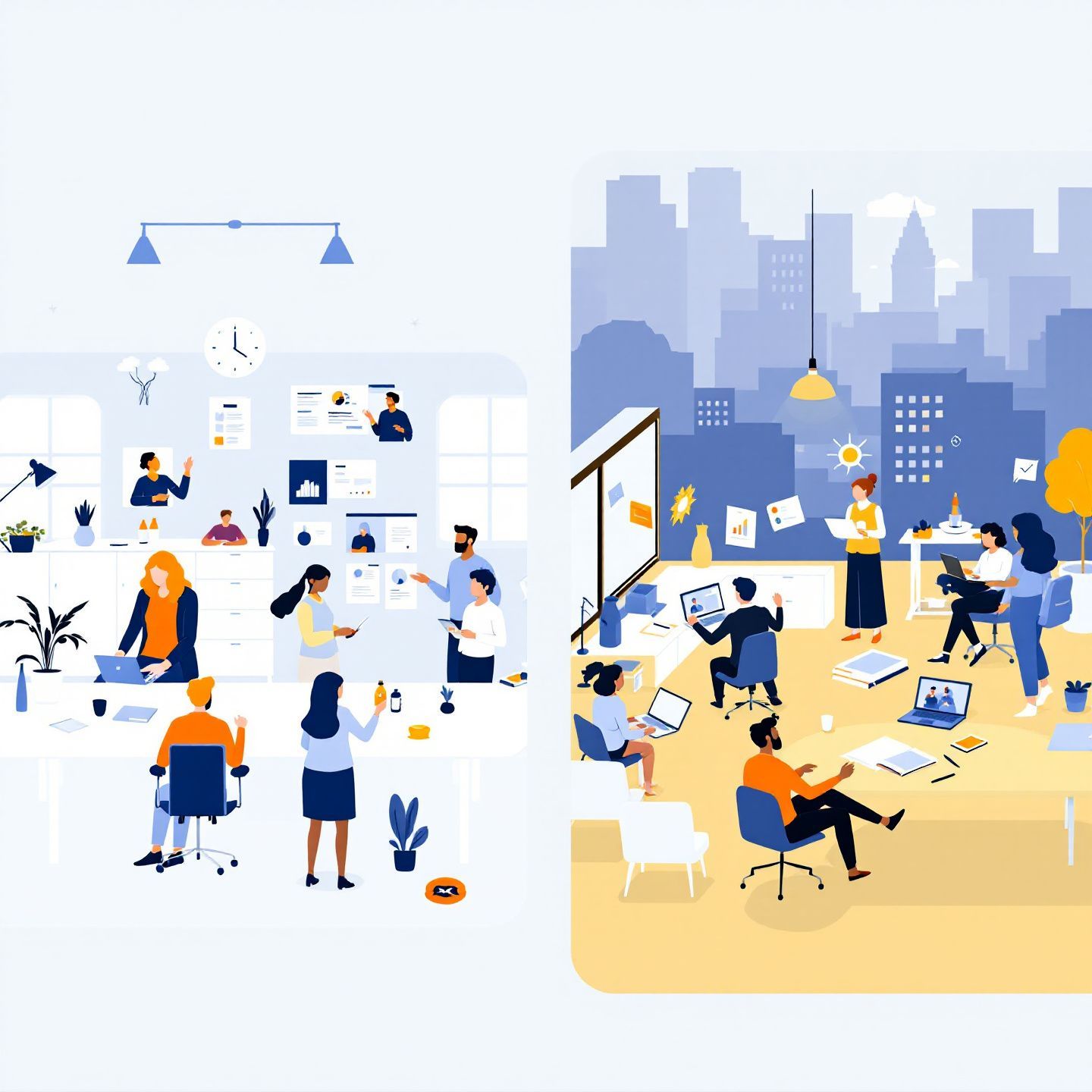Stop Scammers Cold: Protect Your Business from the Gift Card Phishing Trap
Defending Your Business: Strategies to Combat Gift Card Phishing

In today's digital age, cyber threats are more sophisticated than ever. One of the most insidious and deceptively simple scams targeting businesses is the gift card phishing attack. Imagine receiving an urgent text or email from your CEO, requesting immediate purchase of gift cards for a critical business need. The pressure is on, and the request seems plausible. But is it? Unfortunately, many employees fall victim to this ploy, resulting in significant financial losses and compromised trust. At HCS, we understand the critical need for businesses to proactively defend against these evolving threats.
Understanding the Anatomy of a Gift Card Scam
These scams exploit human psychology, leveraging emotions like fear, urgency, and the desire to be helpful. Scammers often impersonate high-ranking executives, creating a sense of urgency and legitimacy. They craft scenarios that bypass critical thinking, such as:
- Urgent Requests:
Scammers demand immediate action, leaving little time for verification.
- Impersonation: They convincingly mimic the communication style and authority of trusted figures.
- Emotional Manipulation: They exploit fear of disappointing authority or the desire to be a hero.
- Limited Verification: They claim to be unreachable, preventing employees from confirming the request's authenticity.
The Real-World Impact: Protecting Your Bottom Line
The consequences of falling prey to these scams are severe. As exemplified by the Illinois woman who lost $6,000, the financial burden often falls on the individual employee. Furthermore, these incidents can erode trust within your organization, impacting morale and productivity. Preventing these scams is not just about protecting finances; it's about safeguarding your company's reputation and fostering a secure work environment.
HCS's Proactive Strategies for Phishing Defense
At HCS, we believe in empowering businesses with the knowledge and tools to combat phishing attacks. Here are our essential tips:
- Implement Rigorous Verification Protocols:
Always verify unusual requests, especially those involving financial transactions. Contact the supposed sender through known and trusted channels.
- Cultivate a Culture of Skepticism: Encourage employees to question any request that seems out of the ordinary. A moment of hesitation can prevent a costly mistake.
- Leverage a Second Opinion: Involve trusted colleagues or your IT service provider, like HCS, to review suspicious requests. A fresh perspective can reveal hidden red flags.
- Invest in Comprehensive Employee Training:
Regular, up-to-date training is crucial. HCS provides customized phishing awareness training to equip your team with the latest defense strategies.
- Establish Clear Communication Guidelines: Develop and enforce policies regarding financial requests and communication protocols. Ensure employees understand that legitimate requests will follow established channels.
Strengthening Your Defenses with HCS's Phishing Awareness Training
Phishing attacks are constantly evolving, demanding a proactive and adaptable defense strategy. HCS's comprehensive phishing awareness training programs are designed to empower your employees to:
- Recognize and report phishing attempts.
- Understand the psychology behind social engineering.
- Implement best practices for secure communication.
- Stay updated on the latest phishing tactics.
By partnering with HCS, you can:
- Minimize your organization's vulnerability to phishing attacks.
- Protect your valuable financial assets and sensitive data.
- Cultivate a strong culture of cybersecurity awareness.
- Boost employee confidence in their ability to detect and prevent phishing.
Don't wait until it's too late. Contact HCS today to schedule a phishing awareness training session and fortify your organization's defenses against the ever-present threat of cybercrime. We're committed to helping you protect your business and ensure a secure future.
HCS Technical Services
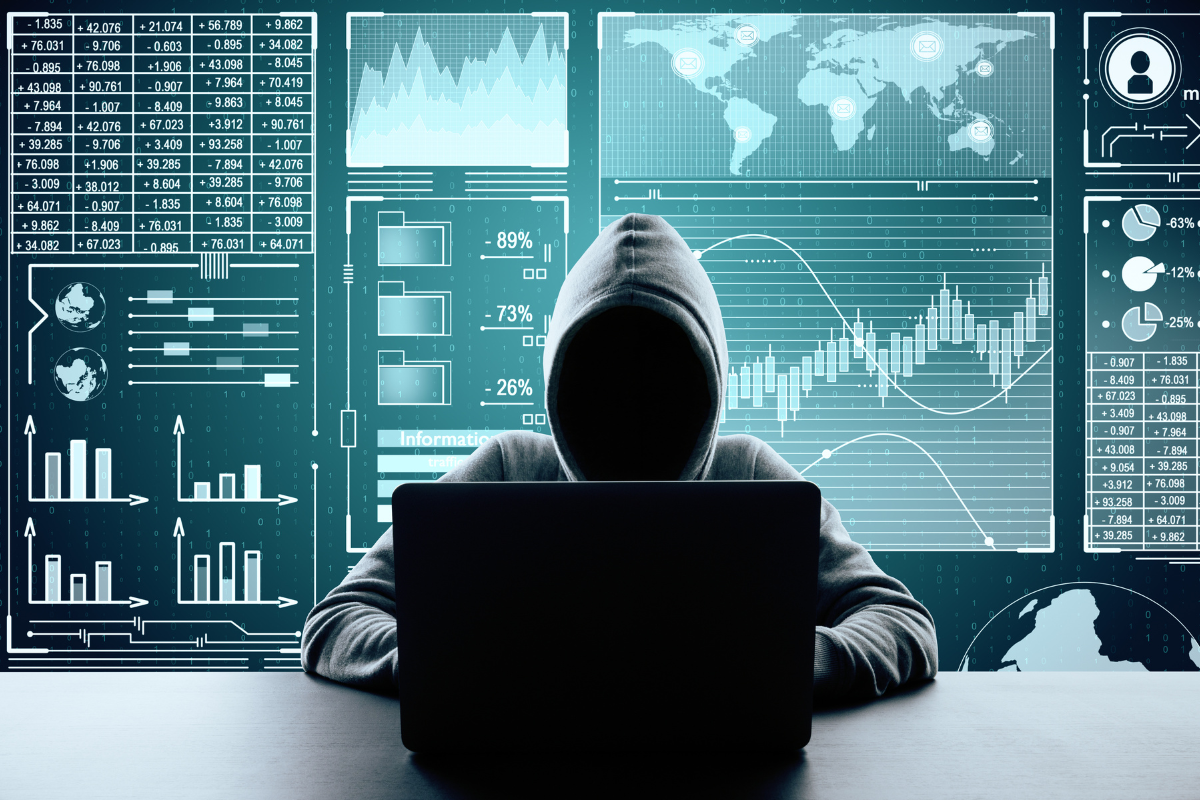
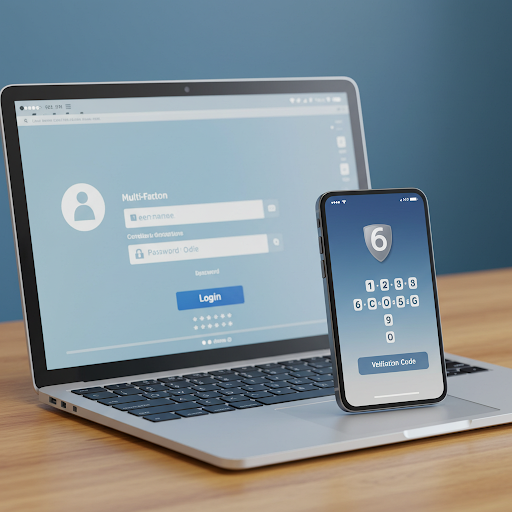

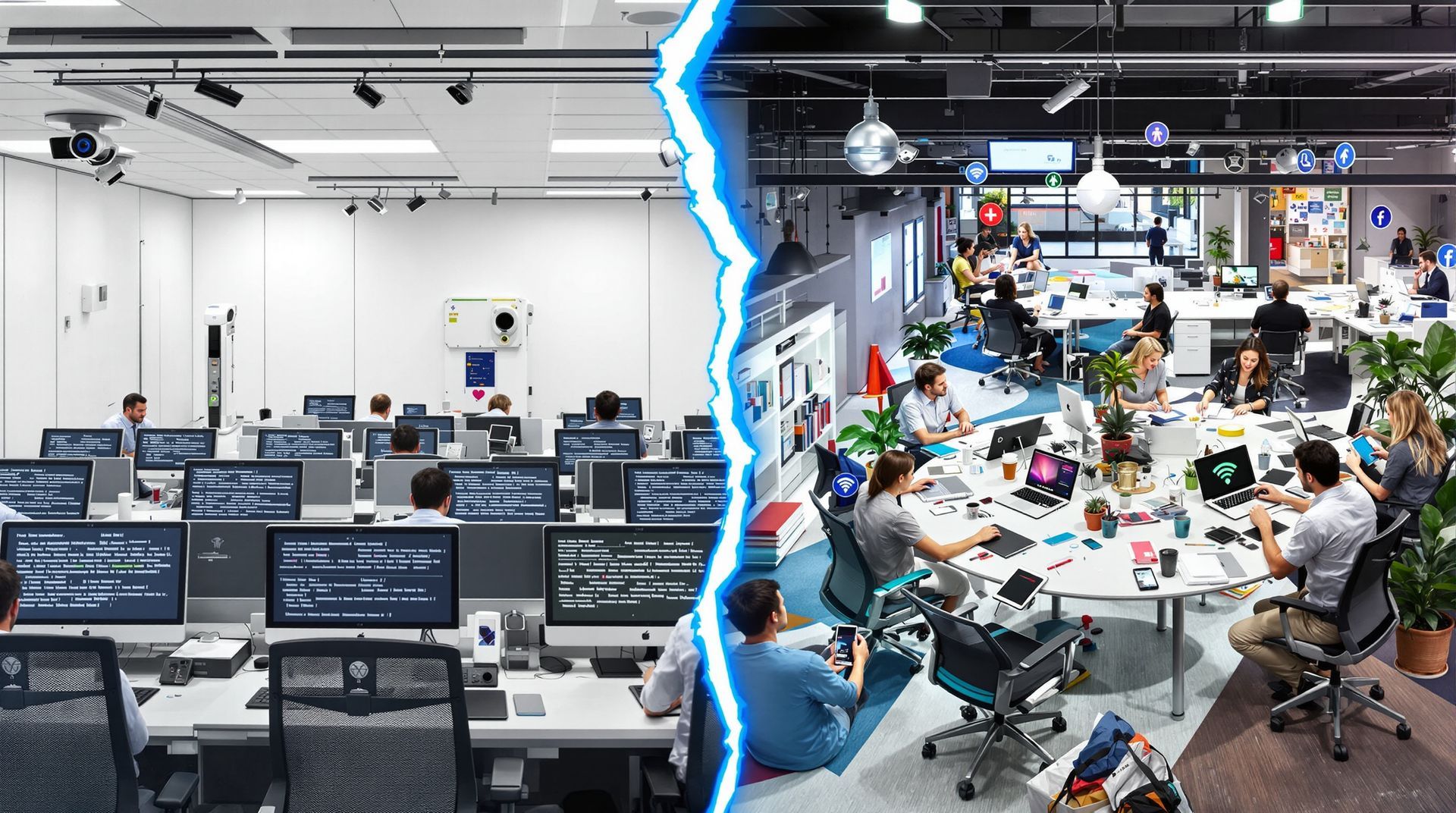
FIND US
HCS Technical Services LLC
120 Riverwalk Dr. STE 310
San Marcos, TX 78666
LET'S CONNECT
Marketing by
Right Tool Media LLC
© HCS Technical Services LLC | Website by Right Tool Media
